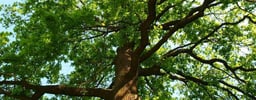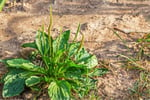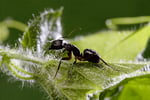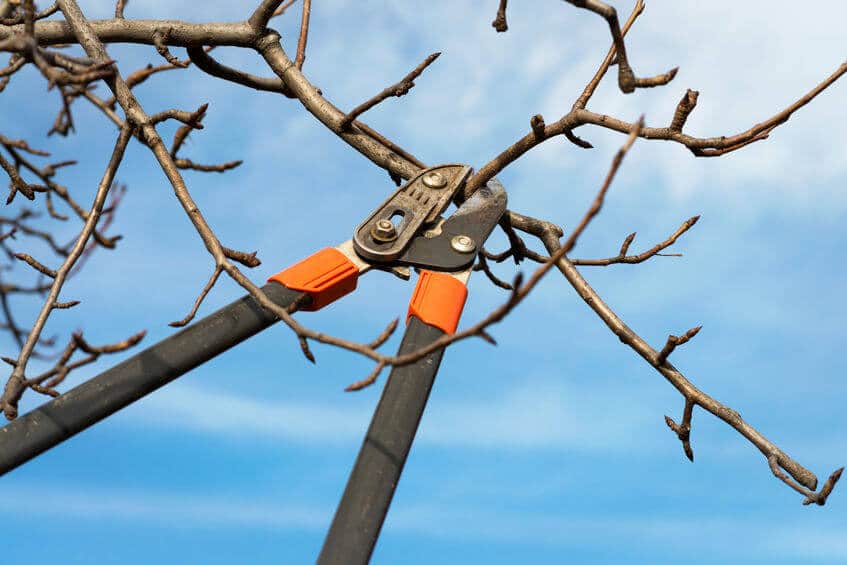Call (877) 944-4007 or request an estimate online for FREE from Senske Pest Control today to help prevent carpenter ants and identify breached areas of invasion so you can prevent these nasty ants from entering your home. Try our regularly scheduled pest control program today.
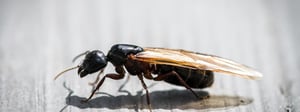
Bermuda Grass
Residential Lawn, Tree, & Pest Control
Some descriptive text here?
Pest Control Program
starting at $93/treatmentFull Service Year Round
*Prices vary by location and property sizes
Lawn Care Program
starting at $52/treatmentComprehensive Treatment
*Prices vary by location and property sizes
Pest Control Program
Starting at $93/treatmentYear Round Protection
Per Treatment for Spraying**
Prices vary by location and property sizes
DENVER LAWN CARE
Senske offers Revive®, a uniquely organic lawn fertilization treatment in Denver, CO. This specialty fertilizer and soil treatment is specially formulated for East Denver lawns.
DENVER PEST CONTROL
Our certified pest control technicians expertly identify pest problems unique to Denver and safely rid your home and property of them. We'll even keep them from returning.
DENVER TREE SERVICE
Our ISA certified arborists know the specific needs of trees and shrubs in Denver, CO. Let Senske protect your property investment and care for your trees.

DENVER LAWN CARE
Senske offers Revive®, a uniquely organic lawn fertilization treatment in Denver, CO. This specialty fertilizer and soil treatment is specially formulated for East Denver lawns.
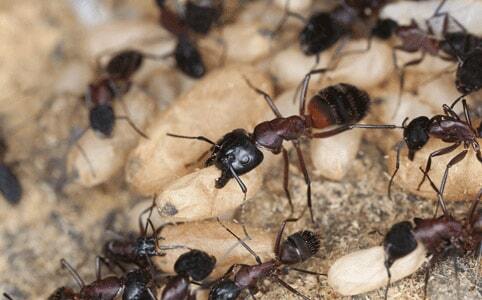
DENVER PEST CONTROL
Our certified pest control technicians expertly identify pest problems unique to Denver and safely rid your home and property of them. We'll even keep them from returning.
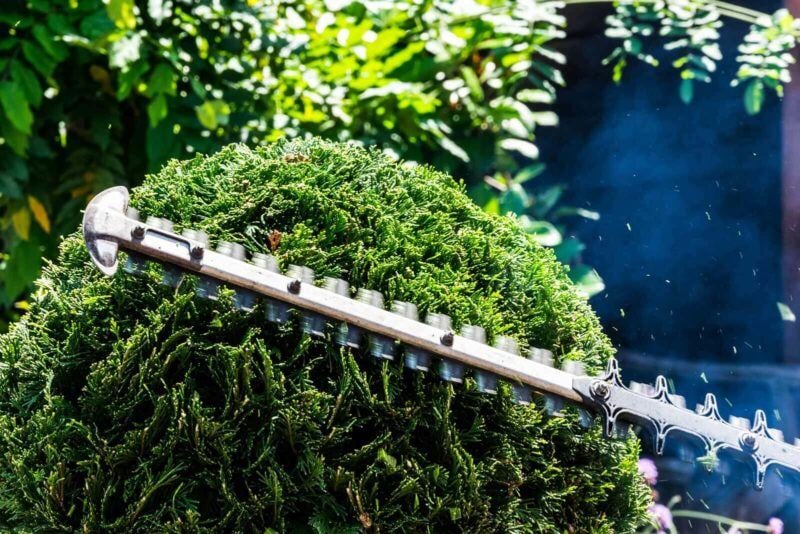
DENVER TREE SERVICE
Our ISA certified arborists know the specific needs of trees and shrubs in Denver, CO. Let Senske protect your property investment and care for your trees.
Carpenter Ant Control
you’ve seen a couple of large ants on the kitchen counter that could haul off the sugar bowl or a banana. And when you were lying in bed last night and all was calm, there was a scratching sound like fingernails scratching on the wallboard behind your head. Below your tongue and groove vaulted ceiling you find some wood shavings like a coarse saw left them behind.

- About Carpenter Ants
- Why are Carpenter Ants In My House?
- How Much Does Carpenter Ant Control Cost?
- About the Carpenter Ant’s Life Cycle
- How Carpenter Ant Colonies Replicate
- Growth of the Carpenter Ant Colony
- Every day is Earth Day in the Carpenter Ant World
- How Do I Know if I Have Carpenter Ants or Termites?
- Things to do to Keep Carpenter Ants Out of Your Home
 Carpenter ants range in size from 1/4 inch to full inch long, and can be all black or black with a red section of their body. In their natural habitat carpenter ants aid in the decomposition of dead, decaying trees, normally nesting in logs, stumps and hollow trees.
Carpenter ants range in size from 1/4 inch to full inch long, and can be all black or black with a red section of their body. In their natural habitat carpenter ants aid in the decomposition of dead, decaying trees, normally nesting in logs, stumps and hollow trees.
However, the large, dark-colored workers often invade homes in search of food. These ants seldom tunnel into dry, sound wood, but usually excavate moist, rotting wood and other soft materials (such as foamed plastic insulation board) to make satellite nests. Homes built in wooded areas are especially subject to infestation.
Contrary to popular belief, carpenter ants don’t actually eat wood! Instead, they hollow out spaces in wood to live in, pushing the shredded wood they excavate out through cracks and holes in the timber.

Carpenter ants eat dead insects and other small invertebrates, as well as scale insects from plants outside your home and the honeydew secreted by aphids. Back at the nest they regurgitate their food to feed the larvae and the queen. Workers from a new colony start out small, but succeeding broods get larger because the foraging workers feed them. It’s easy to see why carpenter ants might like to live in your home: there’s plenty of food and water nearby!
The secret to getting a carpenter ant infestation under control is to eliminate the environmental factors attracting them to your home, as well as eliminating the ants themselves. Again, they prefer their outdoor habitat where they play a vital role in recycling old rotten wood.
Not as much as you might think. If you have carpenter ants, we will have to do an intensive service to locate and eliminate the nest in your home. Then, we will keep them out with routine service that will guarantee you to be carpenter ant free!
To protect your property from the potentially destructive carpenter ant infestation, contact Senske Pest Control at (877) 944-4007 for an inspection or request an estimate online for FREE. Our ant control experts who will provide a no-obligation treatment estimate.
If you’re curious about carpenter ant infestations, how it happens and how they reproduce, you should try to understand the very structured life cycle of carpenter ants. A colony has one wingless queen and many sterile, wingless, female workers. It also has white, legless larvae and, at certain times, winged females and males.
Carpenter ant colonies, like other ants, replicate by sending out winged males and winged queens to find a new home to set up housekeeping. A colony does not usually produce winged reproductives until it is several years old and has about 2,000 to 3,000 workers.
Approximately 200 to 400 winged ants develop in the summer, remain in the nest through the winter, and leave the nest the following spring or early summer. The ants hibernate (are inactive) during the winter. They will be active, however, if a nest is located in a heated portion of a building – for example, your home!
 Carpenter ant reproductives emerge from the colonies on warm days in the late spring and early summer. Mating occurs during a brief flight, after which the male dies. The female newly crowned queen removes her wings and searches for a suitable home, usually located in a cavity in the soft, moist, decaying wood of a hollow tree, stump, or log. She lays fifteen to twenty eggs, which produce the first brood of offspring. The first larvae later become the sterile female workers.
Carpenter ant reproductives emerge from the colonies on warm days in the late spring and early summer. Mating occurs during a brief flight, after which the male dies. The female newly crowned queen removes her wings and searches for a suitable home, usually located in a cavity in the soft, moist, decaying wood of a hollow tree, stump, or log. She lays fifteen to twenty eggs, which produce the first brood of offspring. The first larvae later become the sterile female workers.
It takes about sixty days for new eggs to become full grown workers according to the carpenter ant life cycle. The workers of the first brood are small because they are nourished only from food reserves that are stored in the queen’s body. They are the small ones, the runts you may see around your home.
Once the workers become adults, the queen’s only function is to lay eggs. The adult workers forage for food, enlarge the nest, and feed and care for the queen and subsequent larvae. They eat dead insects and other small invertebrates. They also eat honeydew secreted by aphids and scale insects from the plants around your home. They regurgitate this food and feed the larvae and the queen. Workers of succeeding broods are larger because the foraging workers feed them.
Contact us at (877) 944-4007 or click to request an estimate online for FREE.

Carpenter ants occupy a key role in the ecosystem by aiding in the decomposition of decaying trees. They help return that carbon source back to its basics, resulting in new growth. However, they can also infiltrate human habitable areas, nesting in moist, rotting wood and causing significant structural damage.
Learning how to identify and control carpenter ants is crucial in protecting your property from potential damage caused by infestation of carpenter ants. If you think you have carpenter ants in your home or office, you need to act quickly to implement a treatment plan that will not only rid you of the nesting home invading ants, but also prevent them from returning, and eliminating the risk altogether.
To protect your property from the ravages of carpenter ant infestation, contact Senske Pest Control at (877) 944-4007 for an inspection by our experts who will provide a no-obligation treatment estimate or request an estimate online for FREE.

- Wood shavings near cracks in moldings and sidings may be a good indication to dig deeper to decide whether you have carpenter ants. Carpenter ants don’t eat wood, as is often thought. They hollow out tunnels and galleries and push the coarse remnants of material out of the nest in cone-shaped piles. The refuse resembles pencil shavings.
- Look for carpenter ants during the evening walking around in the open. Unlike termites, carpenter ants can often be seen in the open, foraging for food and water. That’s the whole reason they’re in your house: they’re looking for sweets or other morsels to feed on. They will create trails on the surface of grass from trees or stumps where they live to your home or the site where they are feeding.
- If you think your home is infested by carpenter ants, then hold a stethoscope (or press your ear to a drinking glass) against a wall. You may be able to hear carpenter ants rummaging around.

- Look for black or red ants. Some carpenter ants are both colors, and one common species is yellow and black.
- Among the most common species of black carpenter ant in North America, sizes vary between 5/16 inch to 1 inch.
- Winged queen: The queen is the largest ant in the colony, and can be as long as 1 inch
- Winged reproductives, males and females: About 3/4 inch
- Major workers: Among black carpenter ants, they range from 3/8 to 1/2 inch
- Minor workers: As small as 5/16 inch
- Keep trash and fire wood stored away from your home. Try to use up your cordwood regularly so there is not an attractive bungalow for the ants to take up housekeeping.
- Prune trees and shrubs back from your home. Carpenter ants will use them as an Interstate highway to get to the food or harborage that may be just on the other side of that nice siding.
- Treat trees and shrubs for honeydew-producing insects like aphids and scale.
Weeds, Lawn & Tree Diseases, and Pests to Look Out For
Weeds Common for Denver
Senske lawn care and tree service treatments in Denver East enables a greener lawns, healthy trees and shrubs without the hassles and time commitment needed to maintain it yourself. We’ll also help remove weeds, treat lawn and tree diseases and problem areas. Senske Services has been providing residential and commercial lawn care services to communities in the Northwest since 1947.
Our Denver East and surrounding communities lawn care services reflect our commitment to quality in all aspects of lawn maintenance. Learn more about Denver East weed and lawn diseases we solve:










Find Out About Other Weeds, Lawn & Tree Diseases, and Pests to Look Out For























How can we help you?
Satisfaction Guaranteed!
Get a Free Estimate Today
Make your yard the greenest on the block and enjoy a home free from pests, all delivered by courteous, & professional techs.Great service!
Jason did a nice job on our Christmas lights. The crew arrived on schedule and accommodated my special requests. They even wired up a few of my yard decorations without my asking them. Thank you!
Very Professional!
“Max calls ahead, comes early in the day, and answers all my questions. He’s very professional!"Extremely Pleased!
“I have been extremely pleased with this service, my lawn has literally gone from drab to fab. Steve serviced the lawn today and as always, let's me know he is here (per my request) tells me follow up steps and then is on his way to do the service."Thankful for Senske!
“I am thankful my neighbor recommended Senske services, as a single mom, I do not have time, or energy to fix my lawn, so I hired the pros. Definitely worth it and very reasonable costs. Much appreciated."The Dirt
Find out more on our blog.


.png?width=1142&height=1350&name=Holiday%20Decor%202025%20LP%20-%20548x648%20%20(1).png)


